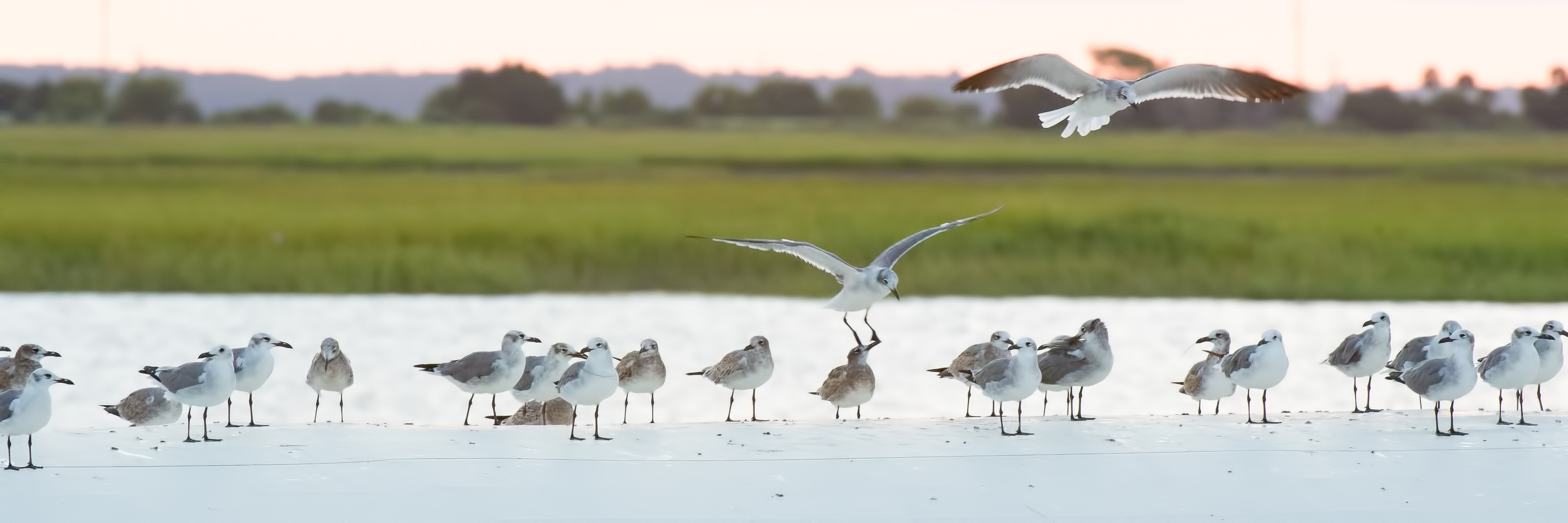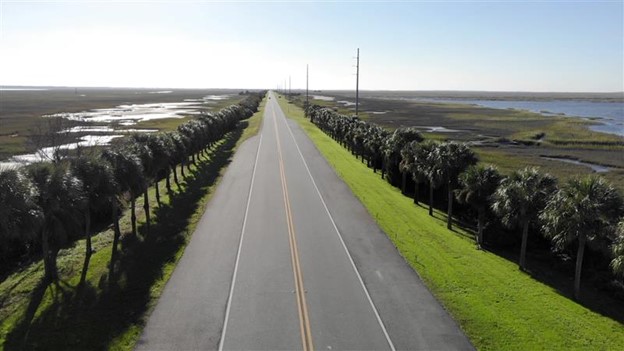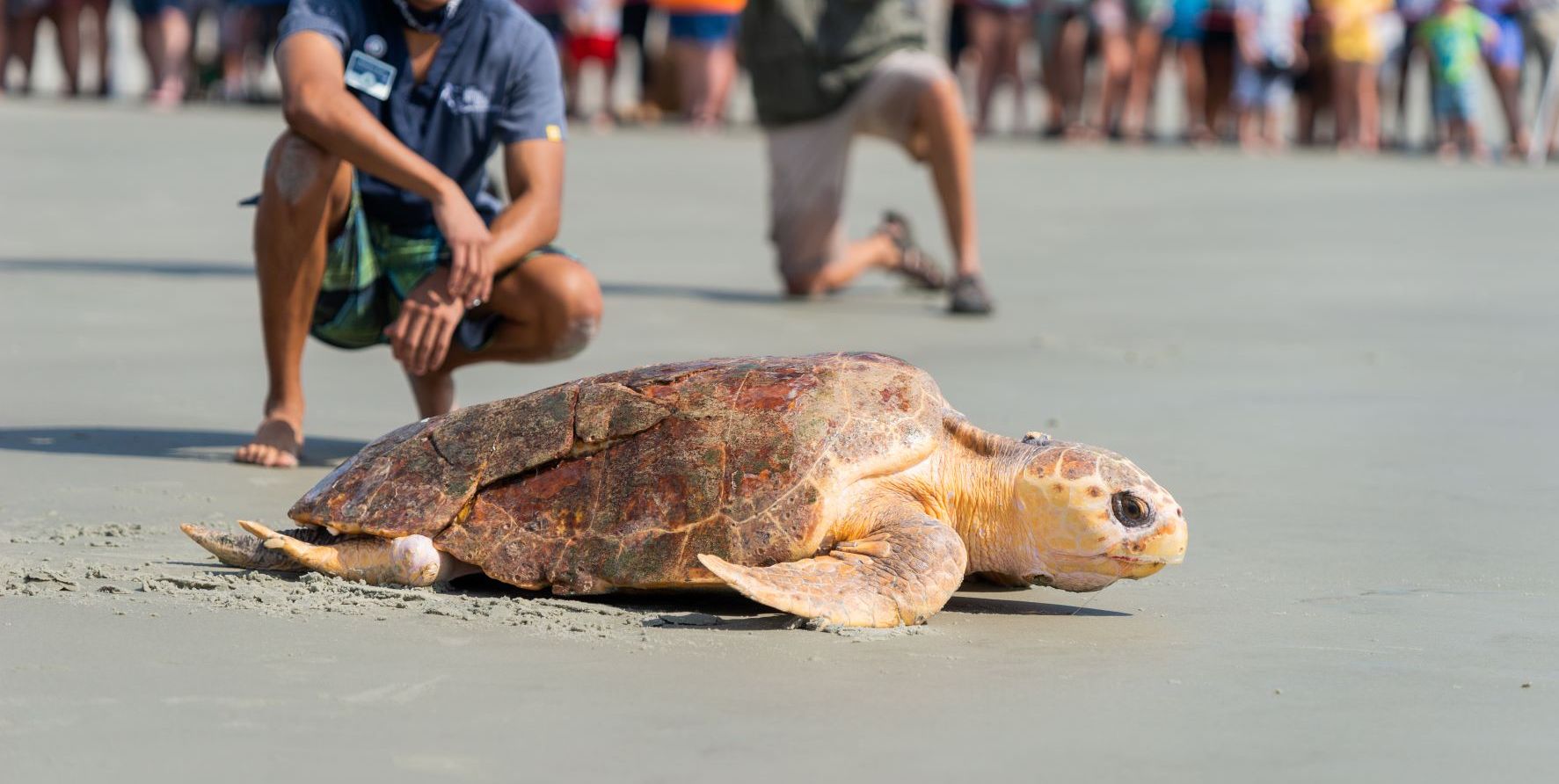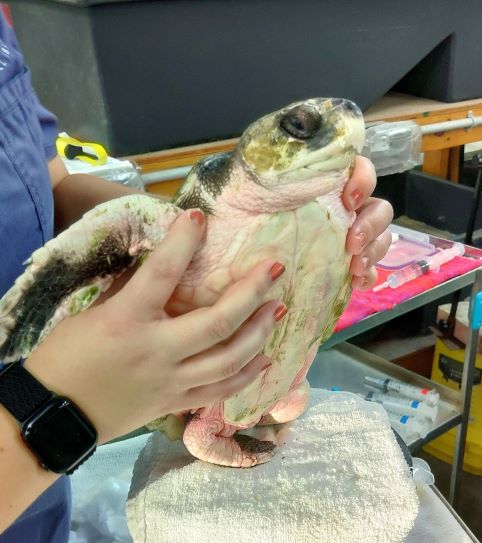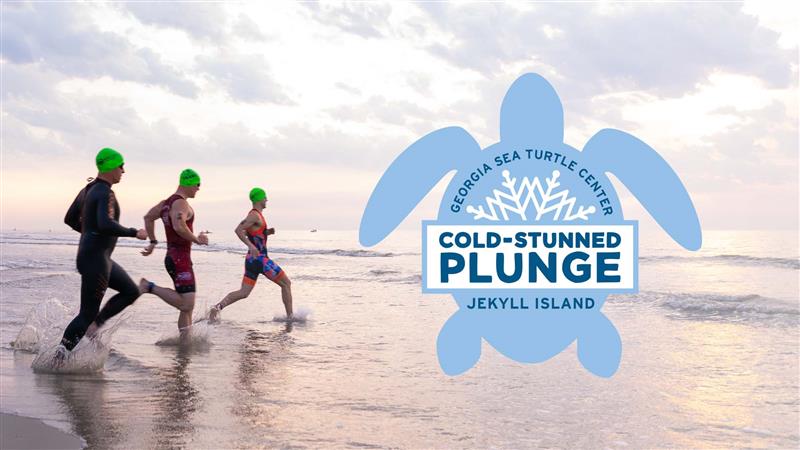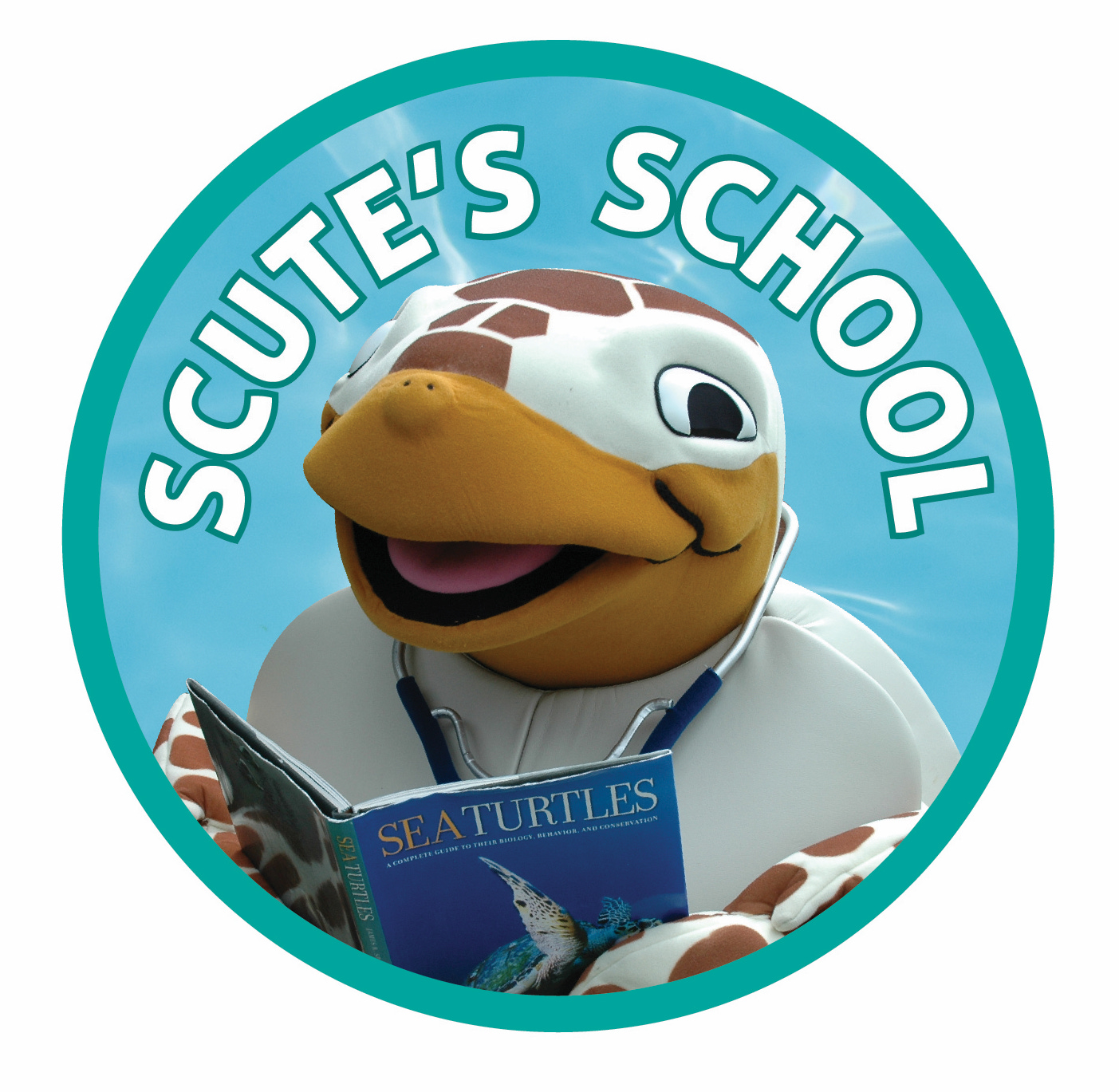David and Julie Fisher have travelled all over the world. And when you ask them to name their favorite place, they answer—in unison—without hesitation: Jekyll Island.
“When we drive over the bridge, my heart rate slows down, my pulse slows down, I breathe easier,” Julie said.
And that’s really saying something given the pace she and David keep due to their very successful architectural photography business.
“We started the business before we retired,” David said, “back then it was more of a hobby. But now it’s a way of life.” He laughed, “We’re always on the go. We even live out of suitcases at home!”
Laughing and travelling are major themes with this couple who met at David’s 50th birthday party and started dating shortly thereafter. “When I gave her a ring, she said she wasn’t ready to get married yet,” recalls David. “So, I told her to let me know when she was.”
Julie did just that one night by spelling out ‘will you marry me’ in candles, and David jokes that he answered, “No way…(pause for dramatic effect)…can I turn down an offer like that from you.”
Though neither is a native Georgian, they both had individual experiences with Jekyll before buying a place together in the early 2000s.
“During the summer, it has a resort feel,” said David. “Then in the winter,” Julie adds, “the snowbirds come down and it feels more like home.” And while their primary residence is in Stone Mountain, they visit Jekyll about once a month and suspect they might have more friends on the Island than in the city.
“That’s one of the things we love about Jekyll,” said Julie. “There are just so many wonderful people.”
The people and the place itself seem to hold endless fascination for this duo who have taken—and donated—thousands of pictures capturing the Island’s unique geography, wildlife, and lifestyle.
“The landscaping is remarkable,” said David. “And we love that Jekyll is still being developed but in a responsible way.”
That, he said, is in large part due to the tenacity and vision of the Jekyll Island Authority Board of Directors and its Executive Director Jones Hooks. “There were—are—a lot of hurdles, but he leads through them quite well.”
David and Julie also credit Jekyll Island Foundation Executive Director Dion Davis with getting them engaged in ways that don’t always involve their camera. “She has a love for Jekyll Island that you can feel, and she has the ability to inspire that same love in others,” said David.
“We’re just so impressed with what the Foundation is doing,” said Julie, who acknowledges the work of the Foundation to raise funds to support several island initiatives. “The Mosaic [Jekyll Island Museum], the Georgia Sea Turtle Center, Horton Pond, the historic homes…all of these things keep Jekyll special.”
Indeed, they feel the entire Georgia coastline is one of our country’s best kept secrets. “We use a plane and love to take people up to show them just how beautiful this area is,” said David.
They also believe that continuing to examine the need for revitalization—balancing that with critical versus non-critical utilization—is important. “Especially because of the aging homes [on Jekyll], our infrastructure definitely needs attention,” said David.
When asked what they hope for the Island’s future, David jokes, “We have some mighty fine restaurants, but what Jekyll needs is a good barbeque joint.”
There’s a smile behind Julie’s answer as well. “We hope more people experience Jekyll. We love to introduce new people to the Island. And every time we go, we discover something new.”
“In fact,” said David, “every time we leave, we always look at each other and say ‘that was the best trip ever!’”
